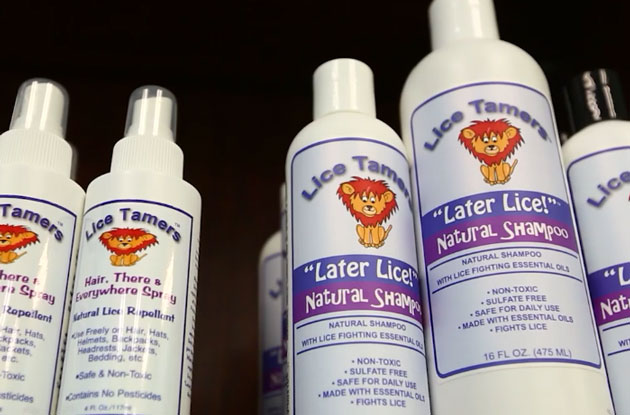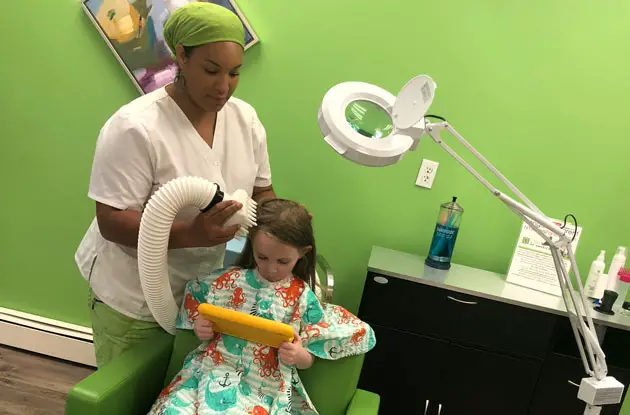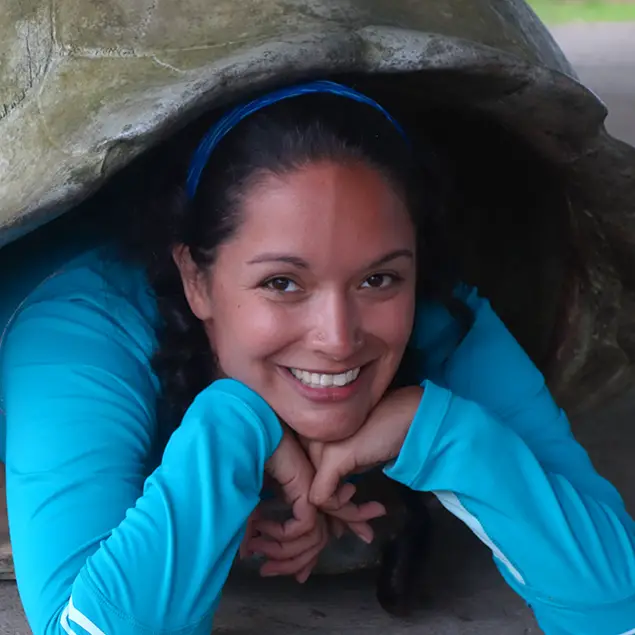More Health Articles:

Lice Tamers in Melville Now Offers New Products and Back-to-School Specials
Lice Tamers of Melville is now offering new products and back-to-school specials. It recently started using Dimethicone based products, which is a nat...Latest News:

Lice Clinics of America Opens in Scarsdale
Lice Clinics of America opened a Scarsdale location in mid-May, bringing its one-hour lice removal service to the area. The clinic’s staff is certifie...Family Activities:
Have a Laugh:

Best Memes of the Week for Parents
Here are the funniest parenting memes from Instagram, Facebook, and Reddit this week.Featured Listings:

Camps 'R' Us
The most affordable private summer day camp on Long Island.

Future Stars Summer Camps -- Nassau
The Ultimate Summer Camp Experience! For 40+ years, Future Stars has helped campers build skills, character, friendships, and lasting memories. 8 Loca...

Achieve Martial Arts
Scarsdale, Achieve Martial Arts provides challenging programs for children ages 3 and up, and for teens and adults. The school's martial arts instructors have ov...

Eglevsky Ballet
Bethpage, NY Eglevsky Ballet has been part of Long Island for over 50 years. As the official ballet company of The Tilles Center, Eglevsky Ballet is the premier b...


